Tobe
Editor's Column "Craft Production Regions" VOL.4 AD


VOL.1-4
Update

VOL.1-19
Update

VOL.1-17
Update
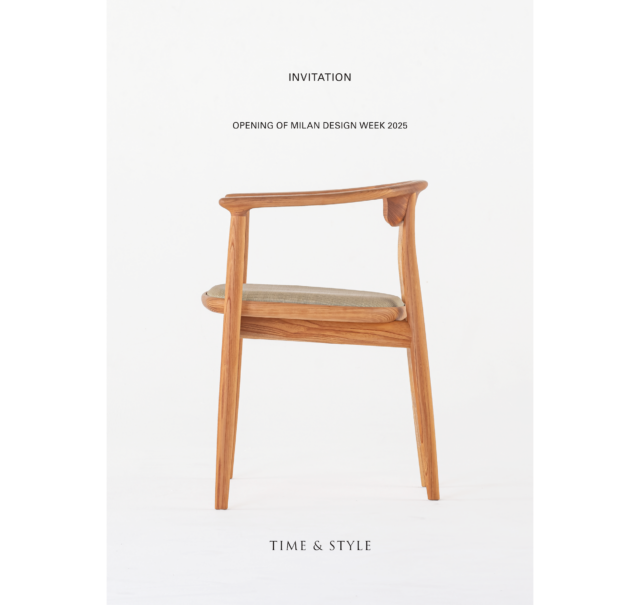
VOL.1-43
Update
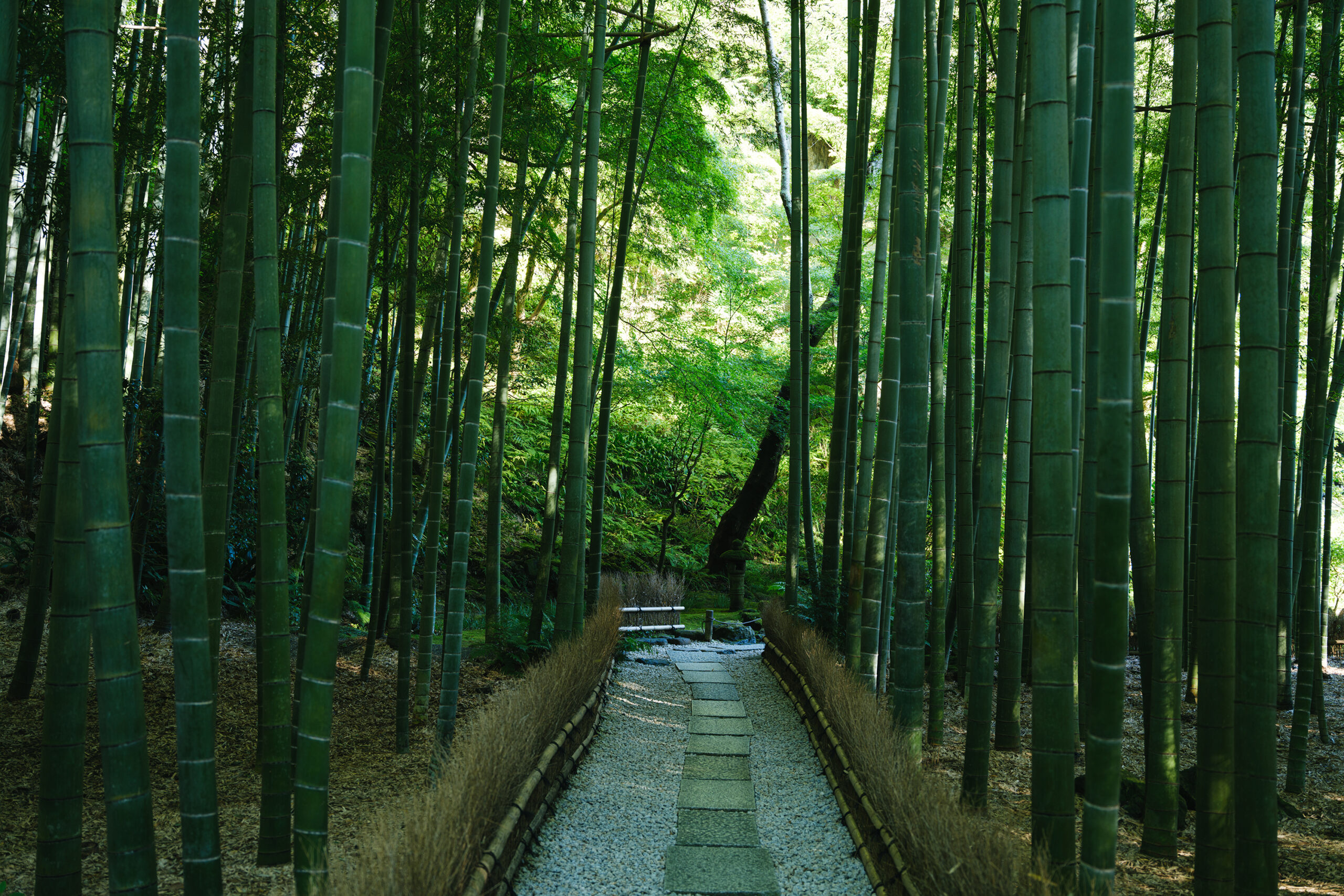
VOL.1-2
Update
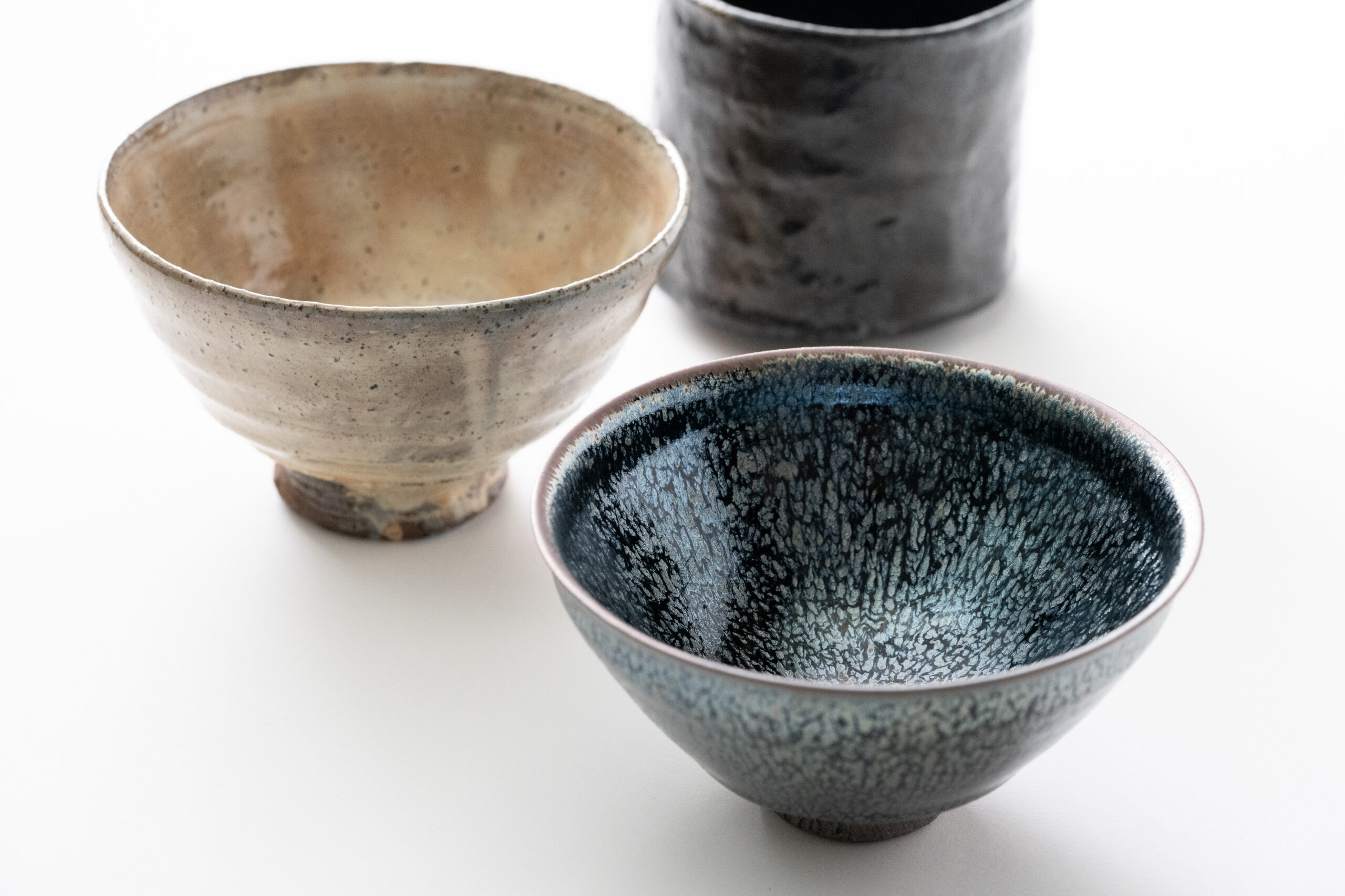
VOL.1-3
Update

VOL.1
Update

VOL.1-7
Update
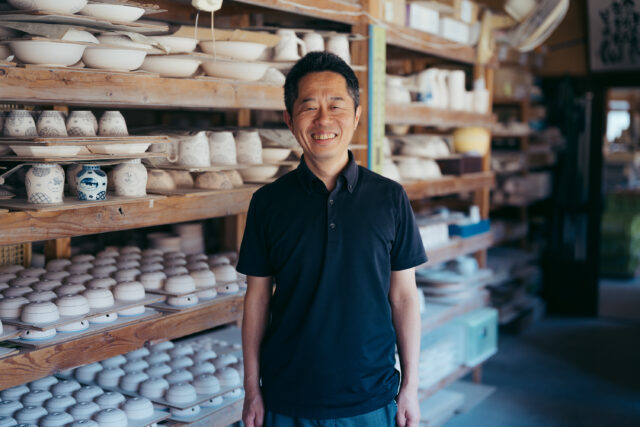
VOL.1-32
Update
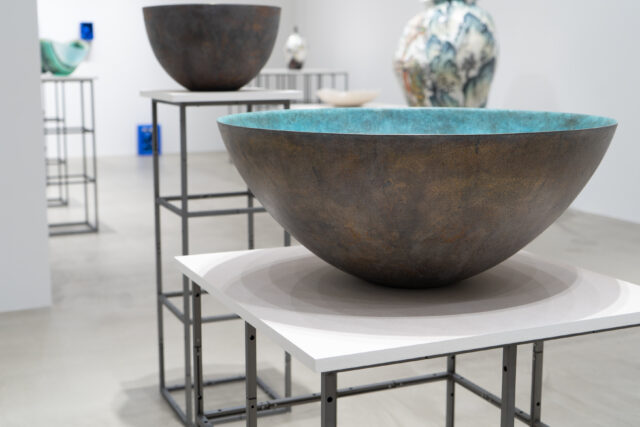
VOL.1-26
Update

VOL.1-12
Update
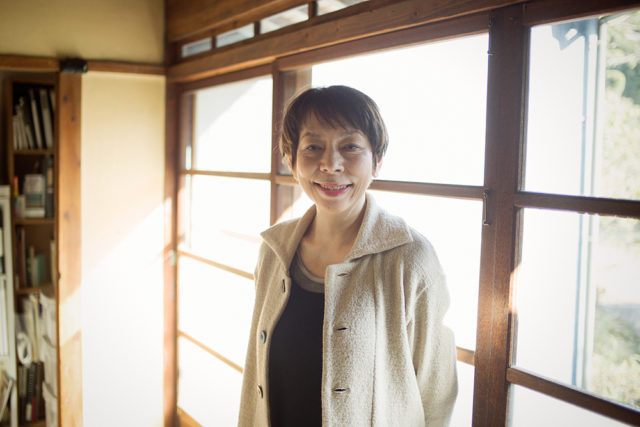
VOL.1
Update
We share a variety of information and perspectives on Japanese crafts, including exhibition information and interviews.
Editor's Column "Craft Production Regions" VOL.4 AD
KOGEI Topics VOL.19
New Products VOL.17
Featured Exhibitions & Events VOL.43
Apr 5 – Jun 22, 2025
SEIKADO BUNKO ART MUSEUM
Apr 8 – May 6, 2025
The Gotoh Museum
Apr 11 – Jun 15, 2025
Kyoto City KYOCERA Museum of Art
Apr 12 – Jun 29, 2025
TOGURI MUSEUM OF ART

Zen is believed to have originated from the teachings of Bodhidharma (known as Daruma in Japan), who was born in South India and brought his teachings to China. Zen later spread to Japan from China, where it became popular during the Kamakura period (1185-1333). In modern times, Zen was further disseminated from Japan to the world, due in part to the efforts of Buddhist scholar Daisetz Teitaro Suzuki who wrote about Zen in English.
There are various sects of Zen, such as Soto and Rinzai, but what they share is the concept of “not relying on words” (furyumonji). Unlike other religions, Zen does not depend on written scriptures, and its main objective is to experience the same enlightenment as the Buddha through the practice of Zazen, or seated meditation. The emphasis on experiential learning has garnered attention not only as religious practice, but also as a way of cultivating one’s daily mindset, gaining support from entrepreneurs and professional athletes, among others.
Zen in Japan has been widespread since the Kamakura period (1185-1333), but in addition to its religious aspect, Zen monks have also spread Japanese cultural practices such as tea ceremony and kaiseki cuisine (a traditional multi-course meal showcasing seasonal ingredients). It has thus transcended the framework of religion and has become deeply ingrained in Japanese daily life. Moreover, Japan is known for its beautiful Zen gardens. While the dry landscape garden style known as karesansui is famous, these beautiful gardens have also played a significant role in conveying the principles of Japanese Zen both domestically and internationally, much like churches in Christianity or Buddha statues in Buddhism.
Zen has also had an influence on Japanese art, including calligraphy, painting, and other forms. Many Zen monks were skilled in painting and calligraphy, and their works include numerous national treasures and important intangible cultural properties. One famous example of a Zen-related work is the “Hyonen-zu,” a designated national treasure ink painting depicting gourds and ayu fish. Another example is the “Daruma-zu,” a powerful painting of Bodhidharma created by the Zen monk Hakuin Ekaku, which is unforgettable once seen.
One of the important elements in Zen paintings is the “enso,” a circular symbol. It is a common subject among many Zen monks’ paintings, with the circular shape representing the idea that there is no beginning or end, but that everything is both a beginning and an end. This concept has become a representation of Zen in paintings.
One famous craft related to Zen is the oryoki, or the Zen monk’s self-contained set of nested eating bowls. It is also called the teppachi and is characterized by its lack of a kodai, or raised foot. Originally, it was made of iron or clay, and the use of wood was strictly prohibited. However, wood coated with lacquer to resemble iron is considered acceptable, and is now commonly used in daily life.
In modern times, Zen is awash in international attention, because as we live in an age of overflowing with goods and information, people increasingly seek to detach themselves from the mundane and focus on the essence of things. Japan, although blessed with four beautiful seasons, is also subject to natural disasters such as earthquakes and typhoons, and from those people have naturally developed a disposition to seek the essence of things amidst constant changes. This is probably why Zen has been able to take root in Japan’s way of life. Thus, the Zen that has been nurtured in Japan is spreading its wings as “Japanese Zen” to the world.
Photo by Takuma Suda
Reference
Daisetz T. Suzuki, What is Zen? (Kadokawa Bunko Sophia).